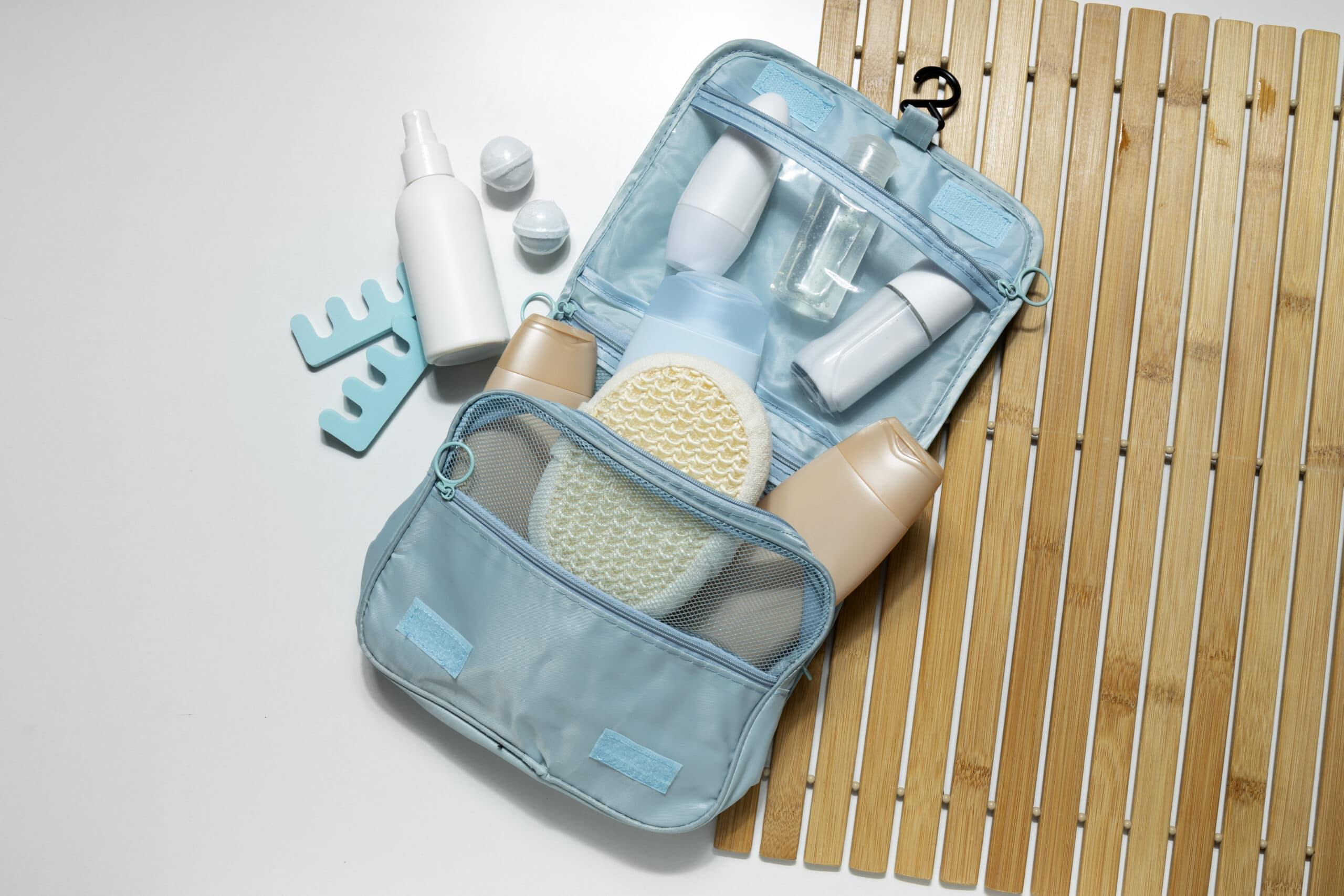Hello, caring parents! Transitioning from breast milk to formula can feel like an overwhelming process, but we’re here to make it smoother. This comprehensive guide provides an in-depth look into the transition, helping you understand why you might need to do it, which formula to choose, and how to navigate common challenges.
Reasons for Transitioning from Breast Milk to Formula
Unveiling the Why: Understanding Your Transition
Every family has unique reasons for transitioning from breast milk to formula. Some mothers might have low milk supply, medical issues, or work commitments that necessitate the switch. Understanding your ‘why’ can help you feel more confident in your decision and guide your approach to the transition.
Types of Infant Formula
Deciphering the Formula Language
The first step to transitioning to formula is understanding the types of formula available:
Cow’s Milk Formula: The most common type, it’s modified to resemble breast milk.
Soy-based Formula: A good option for babies with lactose intolerance, it’s made from plant proteins.
Hypoallergenic Formula: Designed for babies with allergies, it contains proteins broken down into smaller parts.
Lactose-free Formula: Ideal for babies with lactose intolerance, it contains corn syrup solids instead of lactose.
Steps to Transition from Breast Milk to Formula
Your Action Plan: Transitioning from Breast Milk to Formula
Transitioning from breast milk to formula is best done gradually to allow your baby’s digestive system to adjust. Here’s an in-depth look at how to do it:
Step 1: Start with a Mix
Begin by replacing one breast milk feed per day with a formula feed. For the first few days, mix three-quarters breast milk with one-quarter formula.
Step 2: Gauge Your Baby’s Response
Monitor your baby’s reaction to the new mix. Look for any signs of discomfort, changes in bowel movements, or rashes.
Step 3: Increase Formula Gradually
If your baby seems comfortable, gradually increase the proportion of formula in the mix.
Step 4: Replace More Breast Milk Feeds with Formula
Once your baby adjusts to the new taste and digestibility of formula, start replacing more breast milk feeds.
Overcoming Transition Challenges
Navigating the Bumpy Roads
Here are strategies to tackle common challenges when transitioning from breast milk to formula:
Resistance to Bottle Feeding: Experiment with different bottle nipples and feed when your baby isn’t too hungry.
Digestive Issues: If you notice changes in your baby’s bowel movements, consult with your pediatrician.
Refusal of Formula Taste: If your baby refuses the taste of formula, consider trying a different type or brand.
Tips for a Successful Transition
1. Consistency is Key
Consistency in the transition process helps your baby adjust to the new feeding routine. Try to maintain regular feeding times as you introduce formula. This regularity helps your baby understand what to expect, creating a sense of comfort and familiarity.
2. Embrace Patience
Babies often need time to adjust to new tastes and textures. It’s completely normal if your baby initially resists the formula. Avoid forcing the transition and let your baby set the pace. It might take several days or even weeks, and that’s okay.
3. Adaptability is Crucial
Each baby is unique, so what works for one might not work for another. Some babies may prefer a specific brand of formula, while others may require a specific bottle nipple style. Don’t be afraid to try different approaches until you find what works best for your baby.
4. Maintain Skin-to-Skin Contact
Just because you’re switching to bottle-feeding doesn’t mean you have to lose that precious bonding time. Skin-to-skin contact during feeds promotes a strong emotional bond and helps your baby feel secure. Hold your baby close, make eye contact, and take the opportunity to connect.
5. Prepare the Formula Correctly
Correct formula preparation is vital for your baby’s health. Ensure you’re following the manufacturer’s guidelines precisely. Over-diluting the formula might not provide enough nutrients, while making it too concentrated could lead to dehydration and digestive issues.
6. Watch for Allergic Reactions
While rare, some babies may have an allergic reaction to certain formulas. Keep an eye out for symptoms like excessive fussiness, rashes, or changes in stool consistency after starting a new formula. If you suspect an allergy, consult your pediatrician.
7. Stay Calm and Positive
Your attitude and emotions can influence your baby’s acceptance of the new feeding method. Try to stay calm and positive during feeding times, even if the process gets a bit messy at first.
Remember, the transition from breast milk to formula is a significant change for your little one. Creating a positive experience involves patience, consistency, and adaptability on your part. With these tips in hand, you are well-equipped to make the switch as smooth as possible for your baby.
Conclusion
Transitioning from breast milk to formula is a journey unique to each family. Remember, it’s not a race; it’s about finding what works best for you and your baby. With our comprehensive guide, you are equipped to navigate this transition confidently.





